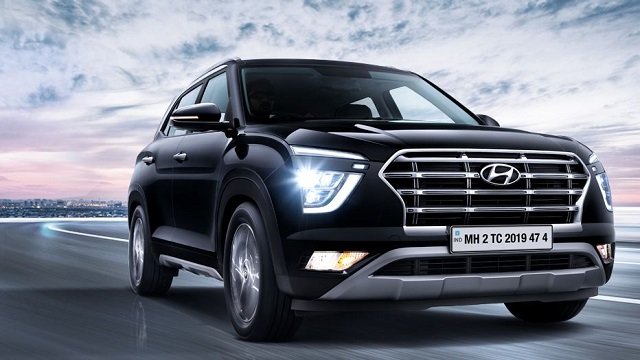Hyundai India launched the Ioniq 5 and displayed the Ioniq 6 at the Auto Expo last month, kicking off its electric vehicle assault. However, the Korean automaker is also developing a more mainstream EV for our market. Hyundai is working on an electric Creta crossover (codenamed SU2i EV), and an early prototype based on the conventional variant has been spotted in public for the first time.
Nitin Tyagi, an automotive enthusiast, was charging his EV while the Hyundai Creta EV prototype stopped by for a recharge, and he quickly snapped these photos. There were two Hyundai Creta Electric test mules in total. Converting an in-production IC-engined vehicle into a fully electric prototype is no easy task, but Hyundai engineers and technicians appear to have done an excellent job.
Except for the visible floor pan extension and different body panel colours, the exterior is identical to a standard Creta. The production model will also be based on a modified version of the current IC-engine platform. Because it is almost entirely localised, this approach will allow Hyundai to reduce costs. Tata used the same formula for the Nexon EV, and Mahindra used it for the XUV400.
The specifications of the upcoming Hyundai Creta EV are unknown, but we expect critical subsystems to be derived from the Kona EV.

That translates to a 100 kW (136 hp) PMSM electric motor with a peak torque output of 395 Nm. The battery pack will most likely be derived from the international sibling as well. The lithium-ion polymer unit, with a capacity of 39.2 kWh, should have an ARAI-certified range of more than 400 km. To improve energy efficiency, the Creta EV could be used with significant aero optimizations over its IC-engined sibling.
The new Hyundai Creta EV will make its global debut at the 2025 Auto Show before going on sale later that year. Surprisingly, the launch date is similar to that of its main competitor, the Maruti YY8 electric SUV. Pricing is expected to range between Rs 20 and Rs 30 lakh. Tata, Maruti, Mahindra, and other OEMs will compete in the same segment with volume-oriented electric crossovers. This should result in fierce competition, which will ultimately benefit customers.
Also Read:


